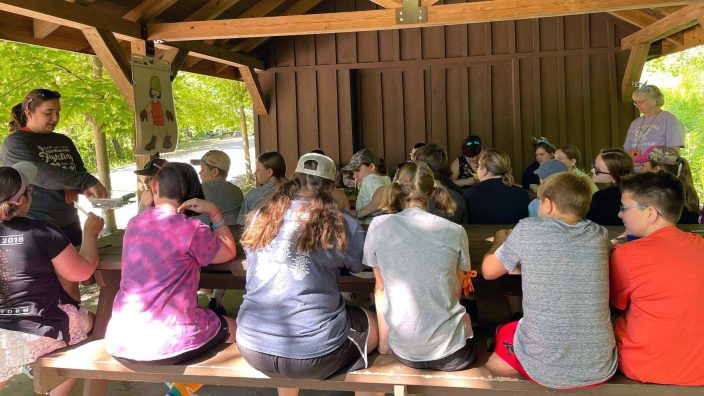Local ag community recently trained to help keep workers safe from manure pit accidents
154 farmers, firefighters and other emergency personnel learned critical information about the hazards of working around manure pits.
Read MoreOhio State University graduate student Molly Michael is working on an ag safety curriculum for K-8 educators about being safe while performing tasks on the farm.
Farm kids learn at a young age how to help run the family business.
Whether it’s waking early to complete livestock chores before school or running dinner out to family bringing in a soybean harvest at dusk, they help get the big and small jobs done.

Doing that work safely is one focus of Ohio State University graduate student Molly Michael, who is working on an ag safety curriculum for K-8 educators about being safe while performing tasks on the farm. The curriculum also addresses basic agricultural safety for children who may be visiting a farm or fair for the first time.
Development and testing of this curriculum is being paid for through a Youth Farm Safety Education and Certification grant from the U.S. Department of Agriculture’s National Institute of Food and Agriculture. Michael’s faculty advisor is Dee Jepsen, a professor with the Agricultural Safety and Health program in the OSU College of Food, Agricultural, and Environmental Sciences.
Michael grew up in rural Ohio, in Fairfield County, and was in 4-H. She had a hobby farm in high school. She is a second year master’s degree student studying ag safety, with a bachelor’s degree in animal sciences.
“When I started my master’s degree work I realized how dangerous a profession farming is,” Michael said. “This is my way of supporting and being an advocate for agriculture. I hope this curriculum is part of the groundwork to sustain agriculture in the long run.”
The curriculum being developed touches on everything from safely using ATVs, to personal protective equipment and how to interact with livestock.

“The National Ag in the Classroom curriculum has a lot of good information, but what we saw missing was early safety and health practices,” Jepsen said. “Things such as how to approach an animal safely at a petting zoo, such as approaching from the shoulder.”
Using personal protective equipment is also part of the program, Michael said.
“We want to explain the use of personal protective equipment in an age-appropriate manner,” she said, such as wearing reflective vests and hard hats when necessary. “We want students to know they should have their ‘PPE Pal’ with them to keep them safe, such as hard hats, helmets, long pants and boots, and pass that information onto family members” who may or may not model that behavior.
Lesson plans span kindergarten through eighth grade, with a specific focus on fourth and fifth grade students.
Michael is now looking for teachers, even in urban and inner-city districts, who are willing to review the curriculum and potentially test it in their classrooms.
“We want to get feedback on the curriculum and how to package it,” she said. “We’re ready to see what teachers think.”
The curriculum has enough content for an entire week, but “teachers can pick and choose what to teach and how to teach it,” Jepsen said. “Even if they only use 10 minutes, it could impact one person’s life,” Jepsen said.
For more information about agricultural safety, visit agsafety.osu.edu and for more information about the curriculum and how to test it in a classroom, contact Dee Jespen.
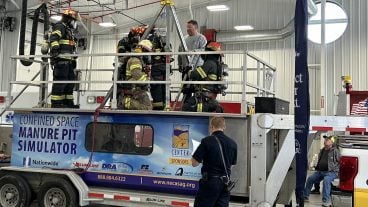
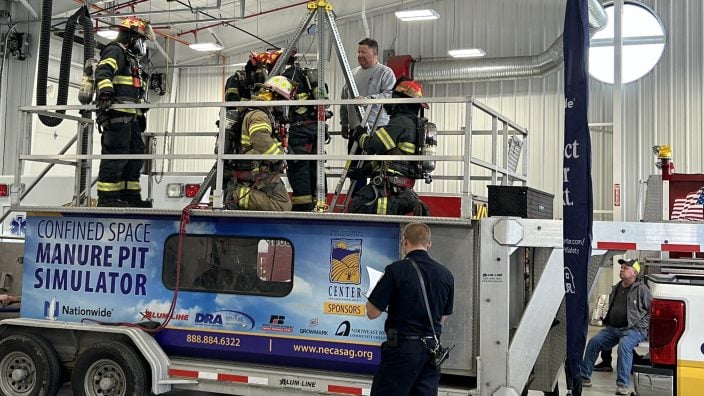
154 farmers, firefighters and other emergency personnel learned critical information about the hazards of working around manure pits.
Read More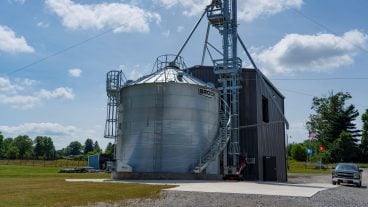
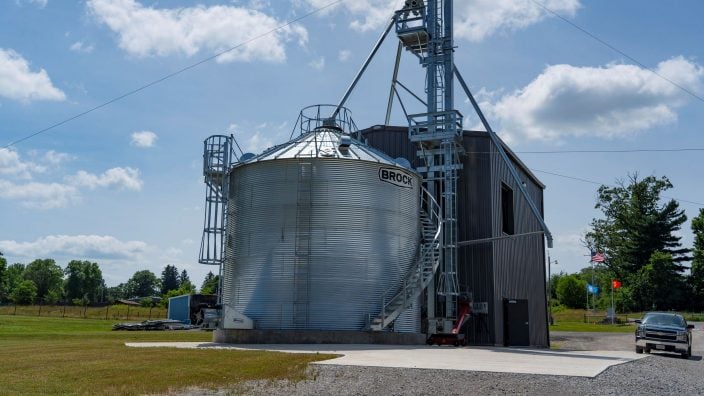
Farming is a very rewarding occupation, but it can come with hazardous territory if there are not proper training protocols in place.
Read More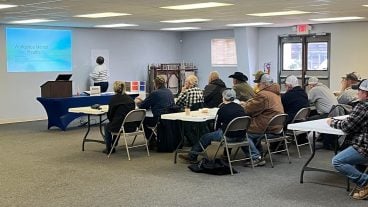
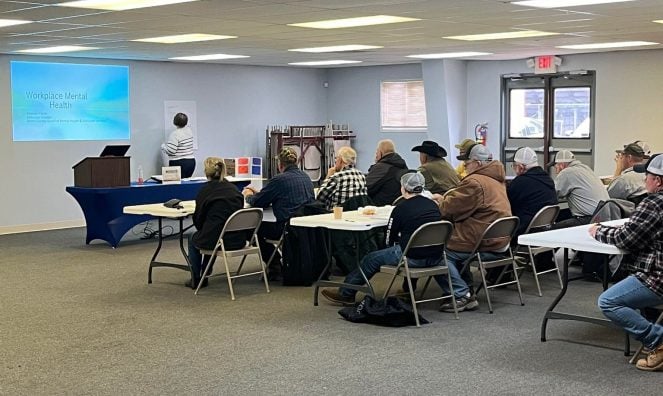
The comprehensive training Feb. 16 covered general agricultural safety, employee health, and mental health well-being
Read More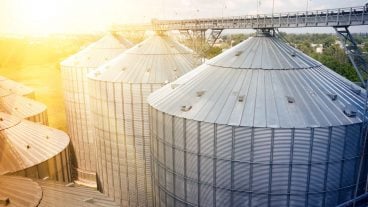
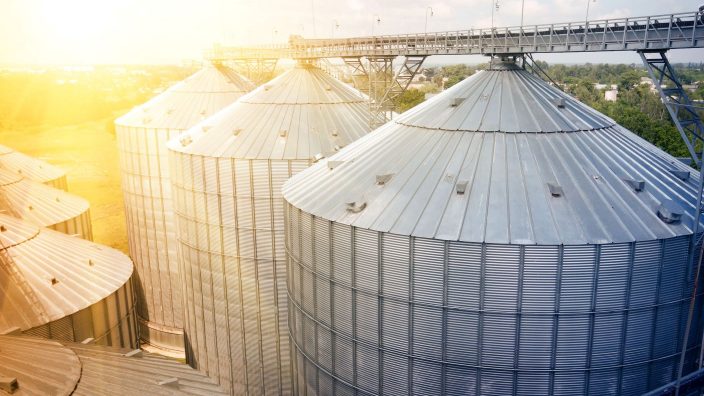
Grain Bin Safety Week Feb. 18-24 is the perfect time for safety reviews, training sessions for your team, and community initiatives to raise awareness about the importance of grain bin safety.
Read More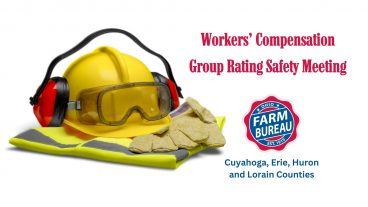
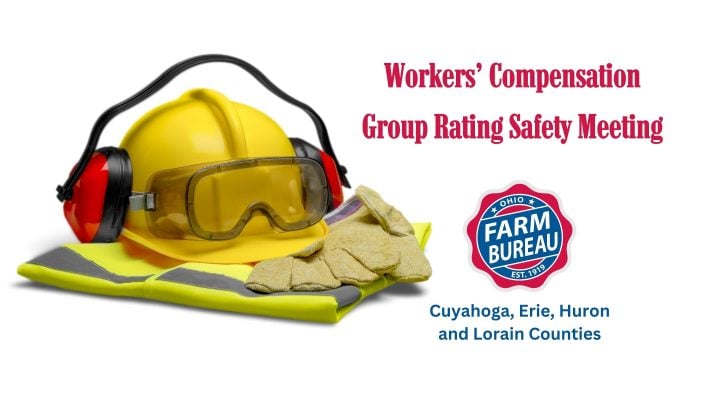
Meet your Worker’s Comp Group Rating Program requirements by attending this safety meeting.
Read More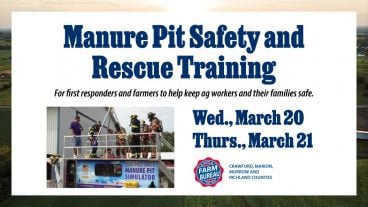
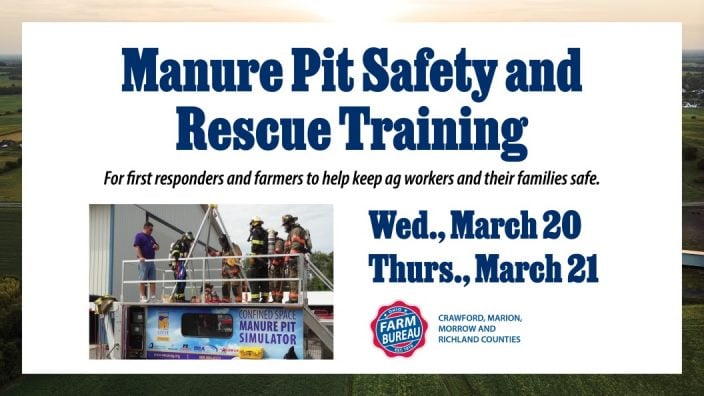
The Nationwide and the National Education Center for Agricultural Safety’s Manure Pit Safety Simulator will be available for four training sessions for first responders and farmers to help keep ag workers and their families safe.
Read More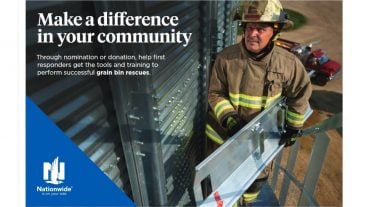
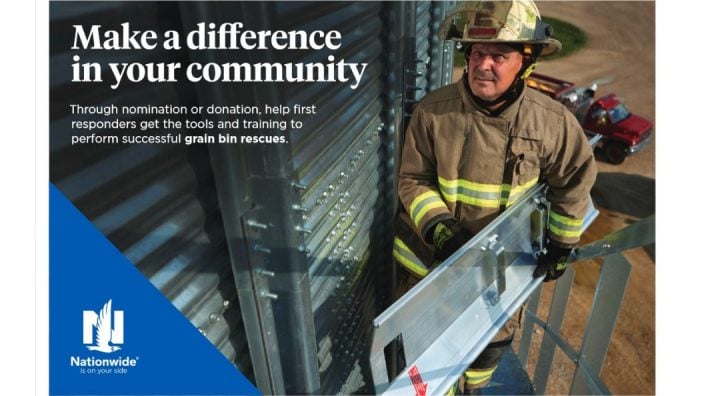
Nominate Your Fire Department to win grain rescue tubes and hands-on training. Deadline: April 30, 2024.
Read More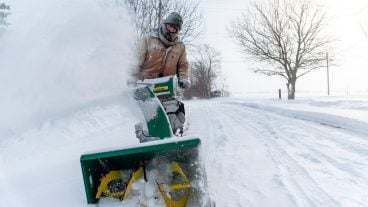
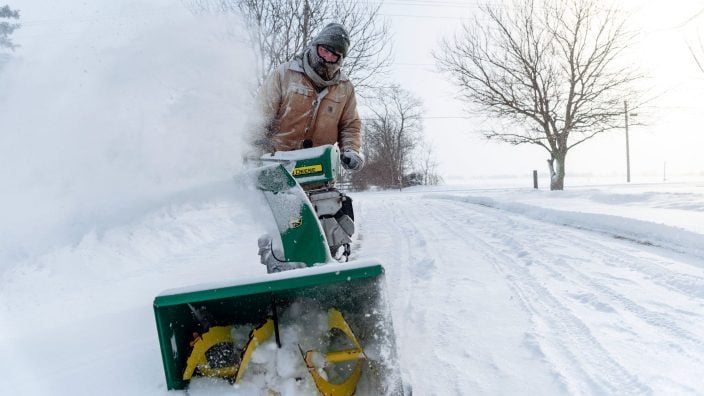
The best course of action to avoid an accident is to work to correct potential hazards before they have the chance to lead to injury.
Read More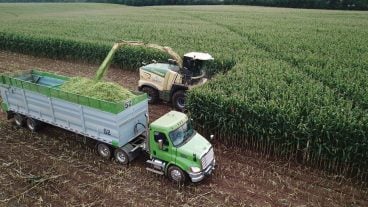
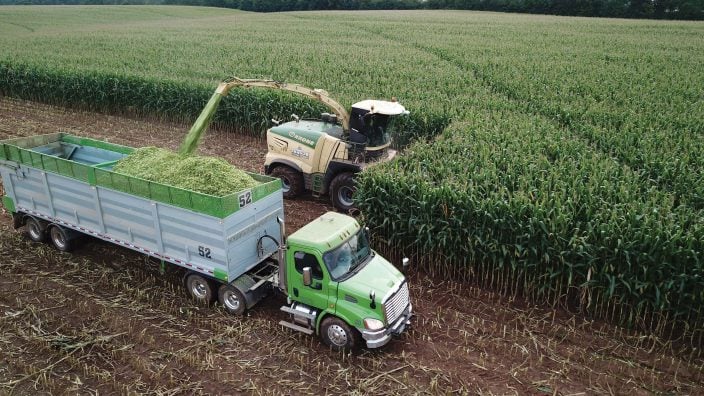
To manage the risks of their business, Orrson Custom Farming follows strict safety protocols, provides ongoing training for crew members and keeps insurance coverage updated.
Read More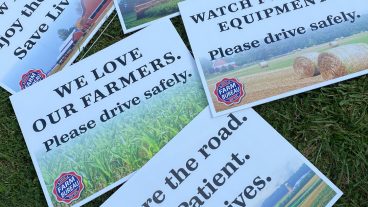
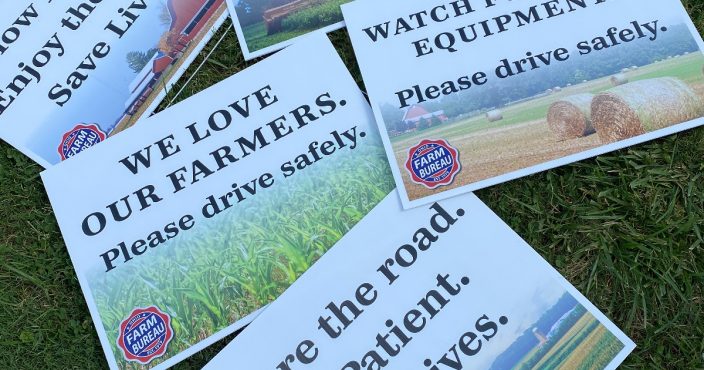
Let’s ensure that every trip on our rural roads is a safe and successful one.
Read More